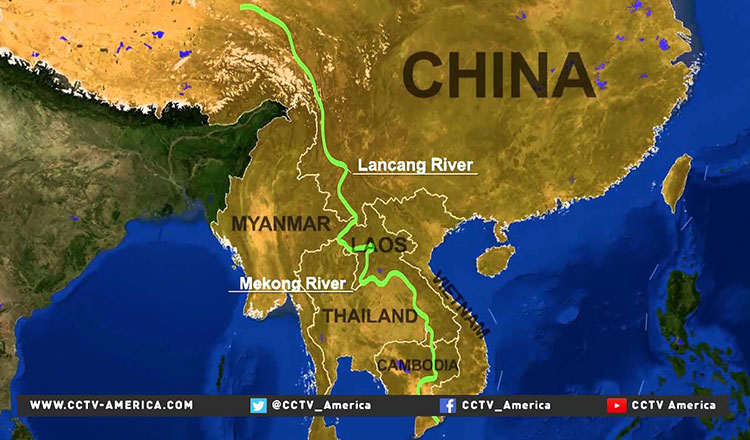China’s integrated water management approach holds promise for sustainable development in Lancang-Mekong River

China’s integrated water management approach holds promise in addressing resource management challenges and fostering sustainable development in the Lancang-Mekong countries, said a Thai expert.
Piti Srisangnam, executive director of the ASEAN Foundation, said China’s emphasis on comprehensive planning, cooperation, and recognizing the interconnectivity of various sectors and stakeholders has proven effective in water resource management.
“By adopting these practices, several countries can enhance efficiency, promote sustainability, and address water-related issues in sustainable and holistic manners. It can also serve as a model for other countries that share the same river systems and face similar water management challenges,” he said in a recent interview with Xinhua.
Piti, who is also an associate professor of economics at Thailand’s Chulalongkorn University, said sharing China’s experiences in long-term planning and infrastructure development, notably from the Belt and Road Initiative, can enable the other countries in the Lancang-Mekong River basin, which includes Cambodia, Myanmar, Laos, Thailand, and Vietnam, to strengthen their water infrastructure and build resilience in the face of water-related challenges.
With the use of technologies like drip irrigation systems and precision agriculture, particularly in arid regions, he said, “China has made significant progress in conserving water resources. Sharing these kinds of technologies and practices with other countries can contribute to global efforts in water conservation.”
Piti said the Lancang-Mekong River basin, home to rich diversity and ecosystems that are vital to the livelihood of several hundred million people, is facing numerous environmental challenges, from deforestation, habitat loss, and water pollution to the impacts of climate change.
Preserving ecological diversity and protecting endangered species in the Lancang-Mekong River, such as the Irrawaddy dolphin and the Mekong giant catfish, are essential aspects of sustainable water use and long-term water resource health, he said.
“Balancing economic development with environmental protection and sustainable resource management is a complex task that we need to work out and pay more attention to,” said Piti, noting that China’s experience in balancing economic development with environmental protection can provide valuable lessons for global management.
Knowledge sharing and capacity-building programs within the Lancang-Mekong Cooperation (LMC) framework through collaborative efforts with organizations like the Jakarta-based ASEAN Foundation can also enhance awareness and cooperation, and this can be applied on a global scale, he added.
By emphasizing the shared history, and culture in the LMC region, it is most important to create a sense of community for the shared future of mankind, striving for common prosperity and leaving no one behind, he added.
Originating from the Qinghai-Tibet plateau in southwest China, the river is called the Lancang River in China and the Mekong River when it flows through the other five countries before emptying into the sea.



